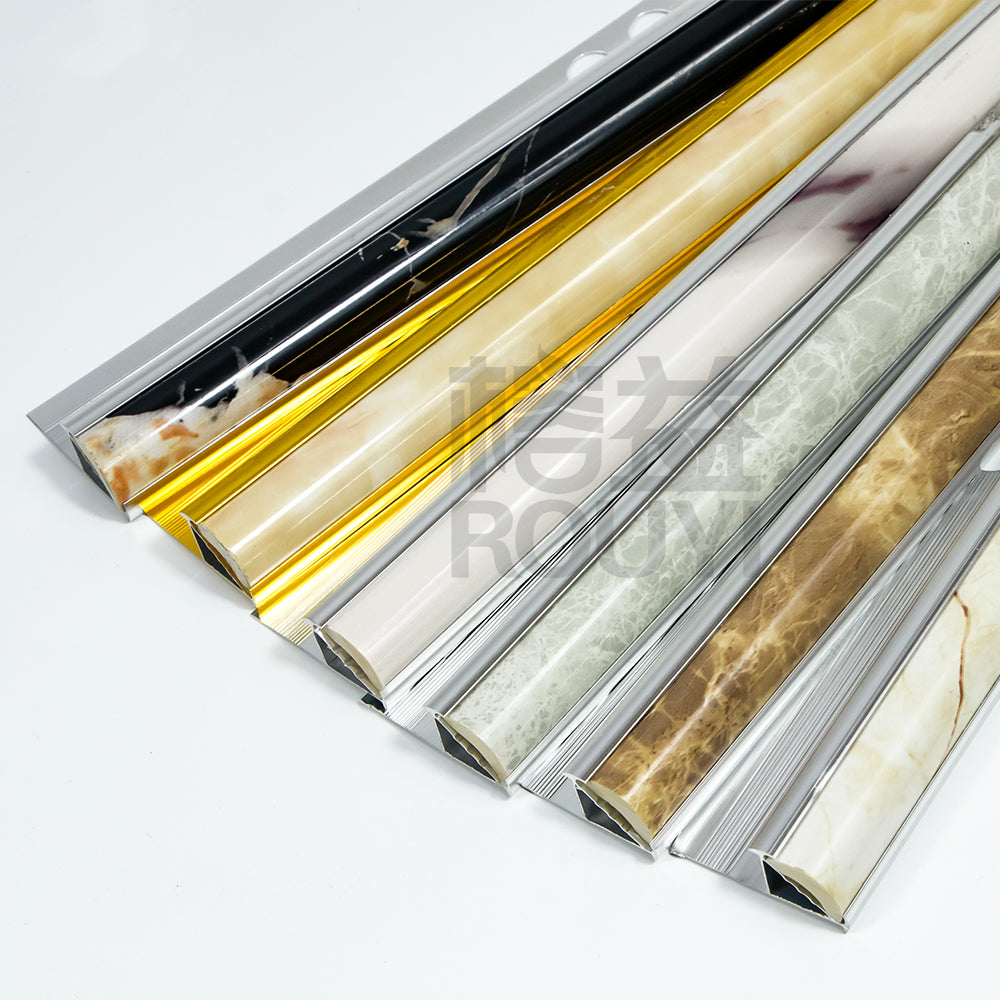Tile trim is an essential component in any tiling project. It not only enhances the aesthetic appeal of the tiles but also provides protection and durability. In this blog post, we will explore what tile trim is and how it works.
What is Tile Trim?
Tile trim, also known as tile edging or tile edge trim, is a material used to finish the edges of tiled surfaces. It is typically made of metal, plastic, or PVC and comes in various shapes, sizes, and finishes. The primary purpose of tile trim is to create a smooth and professional-looking transition between the tile surface and adjacent materials, such as walls, floors, or countertops.
How Does Tile Trim Work?
Tile trim serves multiple functions in a tiling project:
1. Edge Protection

One of the main functions of tile trim is to protect the exposed edges of tiles from chipping, cracking, or damage. The trim acts as a barrier, preventing any impact or external force from directly affecting the vulnerable tile edges. This is particularly important in high-traffic areas or places prone to moisture, where tiles are more susceptible to wear and tear.
2. Transition and Finishing

Tile trim provides a seamless transition between different surfaces, such as where tiles meet walls or floors. It creates a neat and polished look by covering the raw edges of the tiles and hiding any imperfections. Additionally, tile trim can be used to create decorative accents or borders, adding a touch of style and elegance to the overall design.
3. Structural Support

In certain cases, tile trim can offer structural support to the tiled surface. For example, when installing large format tiles or tiles on uneven substrates, the trim helps to stabilize and reinforce the edges, preventing them from sagging or cracking over time. This is especially crucial in areas with temperature variations or heavy loads.
4. Easy Maintenance

Tile trim also facilitates easier maintenance and cleaning. By covering the exposed edges, it prevents dirt, grime, or moisture from accumulating in the gaps between the tiles and adjacent materials. This makes the tiled surface more hygienic and simplifies the cleaning process, ensuring the longevity and beauty of the tiles.
In conclusion, tile trim is a versatile and functional element in tiling projects. It not only enhances the appearance of the tiles but also provides protection, durability, and ease of maintenance. Whether you are a DIY enthusiast or a professional tiler, incorporating tile trim into your projects can elevate the overall quality and longevity of the tiled surfaces.

